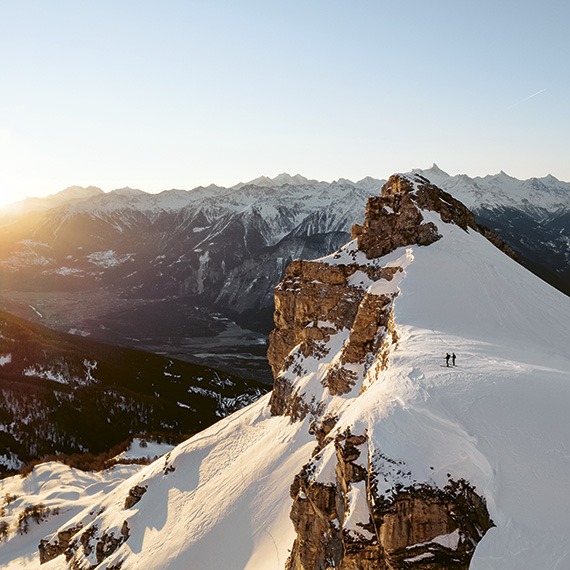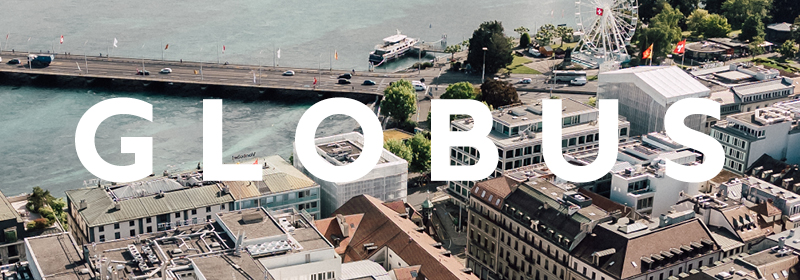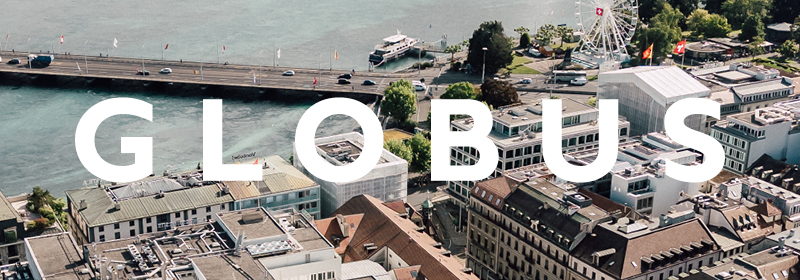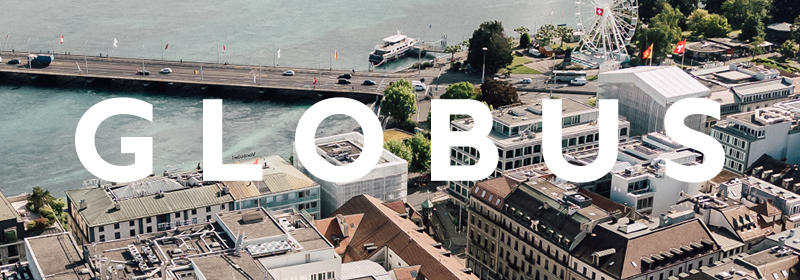
Markus Hasler
“Our objective is to remain among the best in the world”
Last season saw Zermatt post record results in what is a stagnant European ski market. Zermatt Bergbahnen AG CEO Markus Hasler tells us how the resort has managed to stay on top.
Switzerland has not been immune to the recent slump in the global ski market. Ski-day figures at the country’s resorts have fallen by an average of 26.7% since 2008/09, with some industry professionals fearing that as many as 30% of resorts in French-speaking Switzerland will go out of business in the next three years, statistics that would appear to herald the end of the golden age of winter sports. While skier numbers are falling and their spending habits changing, resort owners are also having to contend with global warming, which is occurring twice as fast in the Alps than elsewhere in the world, leading to both reduced snow cover and a later start to winter. Yet, in spite of it all, Zermatt remains one of the best known resorts in the world and the most-visited in Switzerland, ahead of Verbier. Local ski-lift operator Zermatt Bergbahnen AG posted a turnover of nearly CHF70m in 2016/17, a season in which it recorded a grand total of 1,318,000 ski days. But what are the strategies that have enabled the company to flourish in hard times, and what does the future hold for it? Answering those questions for us is Zermatt Bergbahnen AG CEO Markus Hasler.
Zermatt generated record turnover last season, which is a little surprising given the state of the ski market. How did you manage that?
Skier numbers for 2016/17 were up 44,000 on the previous winter, which made it a profitable season for us despite the lack of snow. A single ski day costs us CHF300,000 on average and we need 7,000 to 8,000 skiers to get a return on that money. We recorded 43.8% cash flow and 49.4% EBITA (earnings before interest, taxes and amortization–ED). That’s a bit technical obviously, but they’re pretty remarkable figures for a ski-lift company. I should also point out that 75% of our turnover of CHF69.7m came in the winter months. The reason for our success is that we’ve stuck to our philosophy of delivering the high quality that is expected of an international high-altitude ski resort such as Zermatt. When you offer that level of excellence, customers don’t have a problem with paying the right price.
Your snowmaking system is an integral part of that quest for quality. Can you tell us more about it?
Skiers who come to Zermatt are going to come across snow of a certain quality, and that’s not just because we’re a high-altitude resort situated at 3,883 metres above sea level; there’s also the fact that our snowmaking system is very efficient. Despite the very evident lack of snow last winter, we kept all our runs open. Snowmaking is our life insurance policy and enables us to enjoy busy pre-seasons from November onwards. Since 2002, we’ve invested no less than CHF100m in snow making. Our next major project involves fitting out the 2.5km Tufternkumme run from top to bottom. In general terms, the aim is to produce more snow in less time all over the resort, as soon as the temperatures allow it. At the same time, we’ll be keeping an eye on global warming by monitoring our glaciers.
What major investments will you be making in terms of ski lifts?
A new facility will be operating on Klein Matterhorn from October 2018. It will cost CHF55m and work on it began in 2015. This state-of-the-art 3-cable gondola is very important because it’s going to enhance the highest point of our ski area. We’re also working on another major project in the very same area: the construction of a cable car running to Cervinia, between Testa Grigia and Klein Matterhorn. Work on the facility, which has an estimated cost of CHF25m, should begin in 2019. It’s a new gateway that will provide a speedy and panoramic means of crossing the Alps, and it should also attract Asian visitors travelling on the classic 10-to-15-day circuit between Milan and Paris. It’s going to be the highest crossing in the Alps. If we’re going to remain one of the best in the world, it’s essential that we maintain the standard of our infrastructure.
Your results are good but that doesn’t detract from the fact that skiing is losing ground. How do you plan to address that?
Our main markets are Switzerland, Germany, the UK and the USA. The strength of the Swiss franc has not had much of an impact on them and they still account for around 65% of our overnight stays. It’s true, though, that the overall number of Swiss and European skiers has stagnated. We’re going to enhance what we have to offer in terms of freeride because the figures show that it’s enjoying a boom right now, which is something we’ll need to bear in mind when it comes to choosing where to put future ski lifts. We’ll also be trying to develop new markets with a lot of potential, among them Japan, China, Thailand, Taiwan, Hong Kong and India. Customers from those countries are bumping up our numbers in the summer season. They currently represent 25% of our turnover, a figure we’d like to take up to 30% by 2022 by diversifying beyond hiking and mountain biking. One thing we’re looking at, for example, is the construction of an Alpine coaster, a sort of sled run that will be open all year round. We’ll also be extending what we have to offer at the Matterhorn Glacier Paradise.


















